- CITIZEN RESOURCES
- BUSINESS / CONSTRUCTION
Permits & Development
Fees, Zoning, & Inspections
Doing Business
- VISITING
2024 Redistricting
While many people have heard of the “burning bus,” fewer know of the other bus that arrived in Anniston on the same day, May 14, 1961. On board were a group of black and white, male and female Freedom Riders exercising their right to sit wherever and with whomever they pleased. Also on board were members of the KKK who had boarded the bus in Atlanta and had taunted the Riders on their journey.
As the bus slowed to a stop at the Anniston Trailways terminal, a group of young white men came aboard and began to enforce segregated seating: whites in front, blacks in back. The men beat the Riders, forcing them to segregate. Police intervened, but made no arrests, and the bus continued to Birmingham. The badly injured Freedom Riders were kept separated by their attackers. Freedom Rider Walter Bergman was beaten so severely that he suffered a stroke and was paralyzed for life. (1)
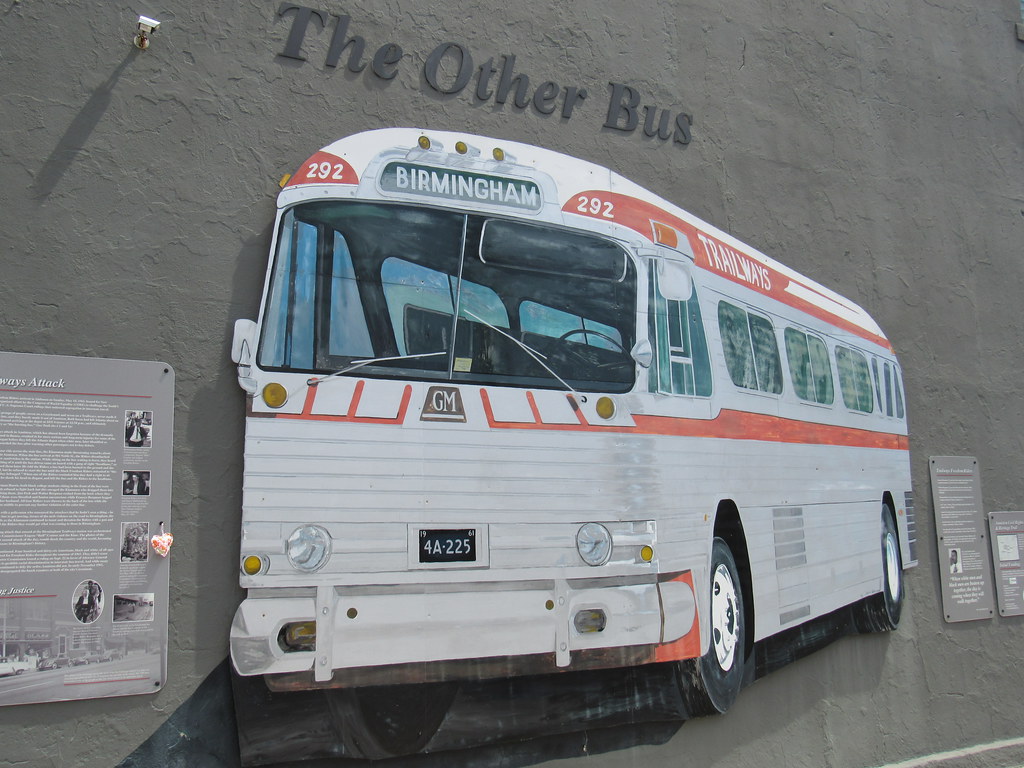
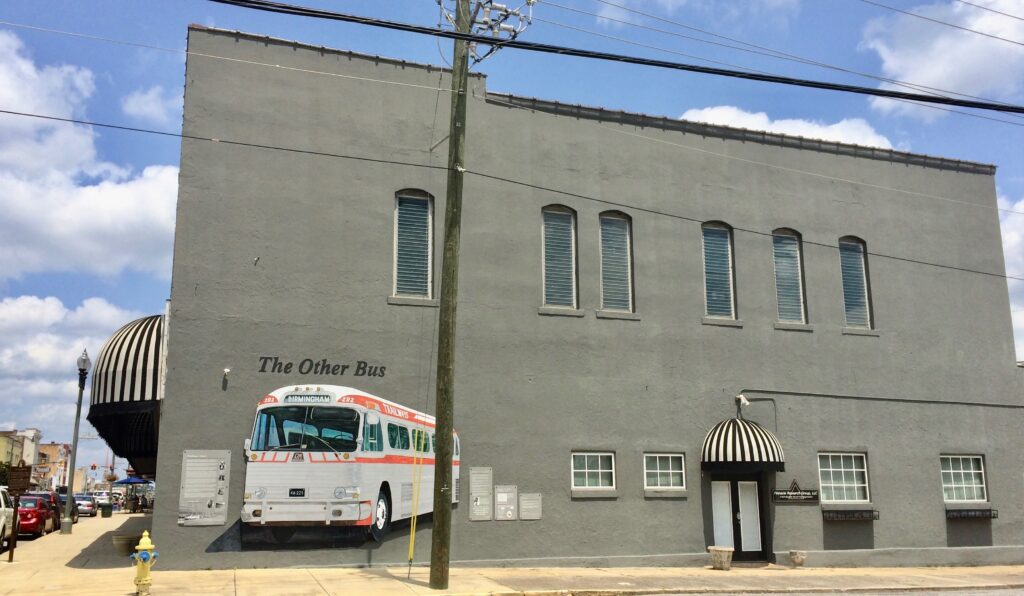
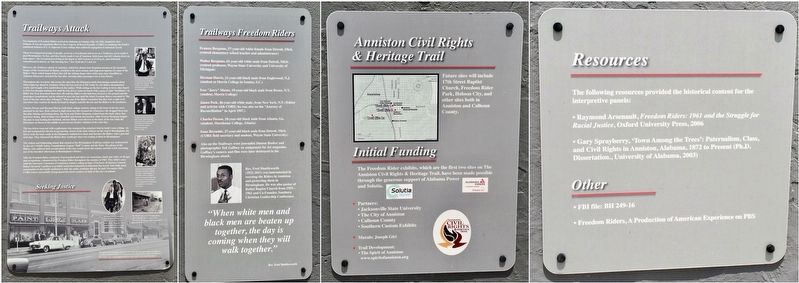
The Freedom Riders were Civil Rights activists who were testing desegregation in the South by riding buses. The rides were organized by the Congress of Racial Equality or “CORE”. Freedom Riders were black and white, male and female. Although desegregation of public transportation was ruled illegal by the Supreme Court in 1956 and again in 1960 in Boynton v. Virginia, the cultural traditions of the deep South were slow to change. Freedom Riders drew national attention to the problems of race relations in the South.
The Ku Klux Klan, with its long history of violence, is the oldest and most infamous of American hate groups. The Klan had a violent presence in Anniston. Below are just some examples of their timeline of terror in this small, southern city:
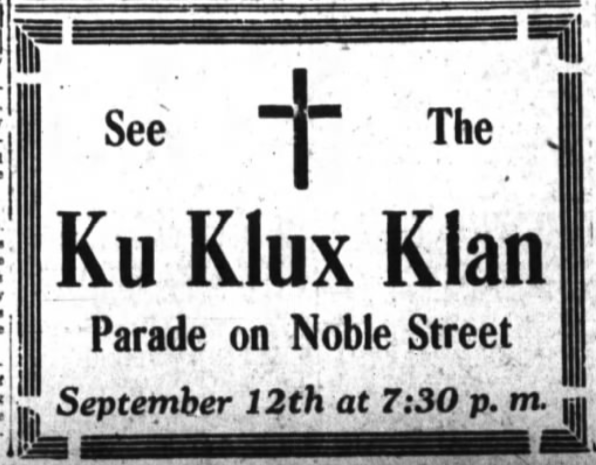
Walter Bergman dedicated his life to fighting for civil liberties and equality for all. His desire to fight for the fair treatment of others most likely stems from when he was drafted into the Army during World War I. It was the pain and devastation he saw in Germany that led Bergman to becoming pacifist. (2)
This pacifist path often placed Bergman on the front lines of dangerous situations, just as it did on May 14, 1961 in Anniston. However, Bergman took many bold actions prior to his support of the Freedom Riders. Here are just some of Bergman’s noteworthy stances and courageous choices that led him to the Trailways Bus Station in 1961:
Ultimately, when the Congress of Racial Equality (CORE) began its Freedom Rides, Bergman also joined in on this effort for equality. He and his first wife, Frances, were two of three whites in the first group of 14 to travel to the South. (2) Both Bergman, now Dr. Bergman after having received his doctorate prior to joining the Freedom Rides, and his wife were severely beaten that day in Anniston.
However, Dr. Bergman went on to sue the F.B.I., after learning the bureau had knowledge of the impending attacks by the KKK, yet did nothing to prevent them or to protect the Freedom Riders. Two decades after the savage attack, Dr. Bergman won his suit in 1983, but he received only $35,000 of the $2 Million that he sought. All of the court case proceeds were donated to the A.C.L.U. (2)
Years after he was beaten by the KKK, Dr. Bergman returned to the Anniston Trailways Bus Station. Upon arriving, he saw four nail holes that were previously used to hold the segregating drinking fountain signs. ”I had a part in pulling out those nails,” he said. (2) Dr. Bergman lived to be 100 years old prior to his passing in Grand Rapids, Michigan.

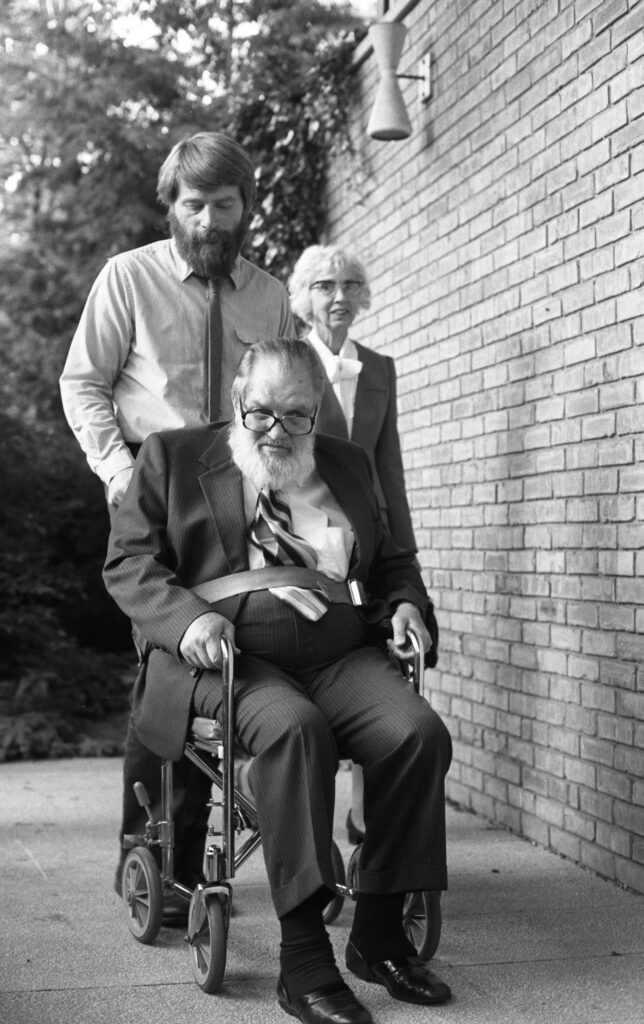
Throughout the first half of the 20th century, race relations in the South were dominated by local “Jim Crow” laws. Although in 1960 the Supreme Court ruled that racial segregation violated the Interstate Commerce Act, local laws persisted.
When a desegregated bus carrying black and white “Freedom Riders” arrived at the Trailways Bus Station in Anniston on this date, a group of young white men came aboard to enforce segregated seating: whites in front, blacks in back. The men beat the Riders, forcing them to segregate. After police intervened, the bus continued to Birmingham with the badly injured Freedom Riders kept separated by their attackers.
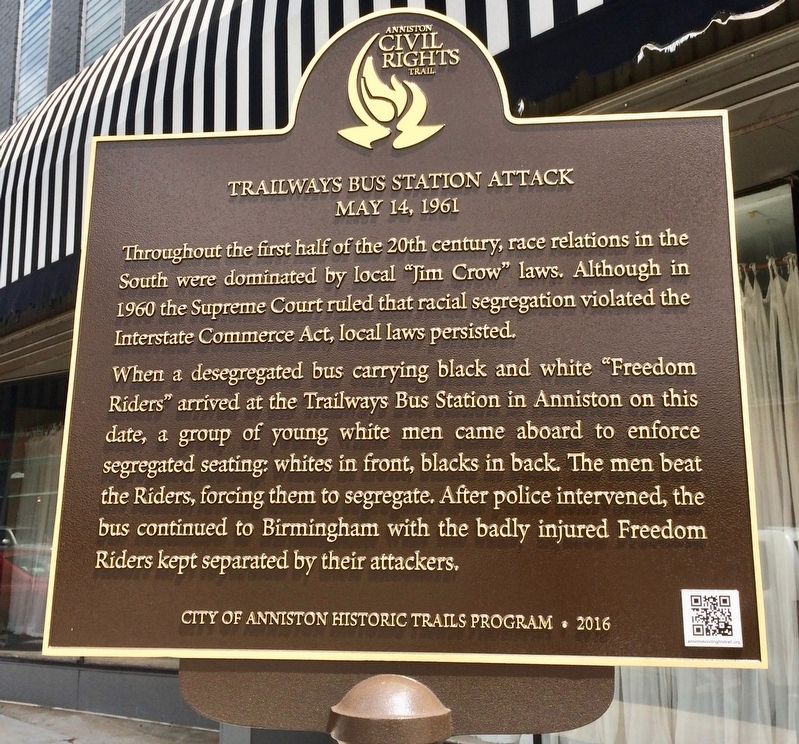
901 Noble Street, Anniston, Alabama 36201
(Mural exhibit at this site)
(1) Gross, T. (2006). Get On the Bus: The Freedom Riders of 1961. NPR.
(2) Martin, D. (1999, October 10). Walter Bergman, Champion Of Civil Liberties, Dies at 100. The New York Times. https://www.nytimes.com/1999/10/10/us/walter-bergman-champion-of-civil-liberties-dies-at-100.html
(3) Tutor, Phillip (2021, February 11). Anniston’s scars from the politics of hate. The Anniston Star. Retrieved January 26, 2023, from https://www.annistonstar.com/free/phillip-tutor-anniston-s-scars-from-the-politics-of-hate/article_08257524-6cc1-11eb-8f60-2f6dc49dce09.html

Sign up for our Quarterly Newsletter, upcoming event information, and more! This is the best way to stay informed on the latest news, activities, and happenings throughout the Model City!
Translate
Translate